Release Date:2023-02-15 10:51:33 Popularity:
In industrial production, the popularity of intelligent automated production lines is getting higher and higher. Let's see what is the standard configuration of an automated factory.
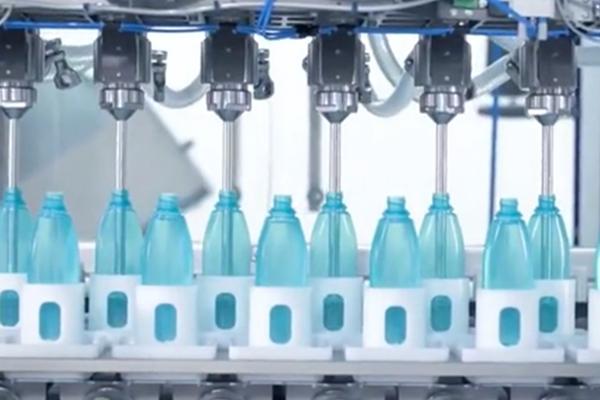
1. Controller - the brain of the automated factory
The controller refers to the main command device that changes the wiring of the main circuit or the control circuit and changes the resistance value in the circuit to control the starting, speed regulation, braking and reverse of the motor in a predetermined order.
Composed of program counters, instruction registers, instruction decoders, timing generators, and operation controllers, it is the "decision-making body" that issues commands, that is, to coordinate and direct the operation of the entire computer system. Commonly used controllers in automated factories include PLCs, industrial computers, etc.
Programmable logic controller, which uses a type of programmable memory for its internal storage program, executes user-oriented instructions such as logic operations, sequence control, timing, counting and arithmetic operations, and is controlled by digital or analog input/output Various types of machinery or production processes.
2. Robots - executors of automated factories
Robot, a robot is a mechanical device that performs work automatically. It can accept human command, run pre-programmed programs, and act according to principles formulated with artificial intelligence technology.
Its mission is to assist or replace human work in jobs such as manufacturing, construction, or dangerous jobs. Robots are generally composed of actuators, driving devices, detection devices, control systems and complex machinery.
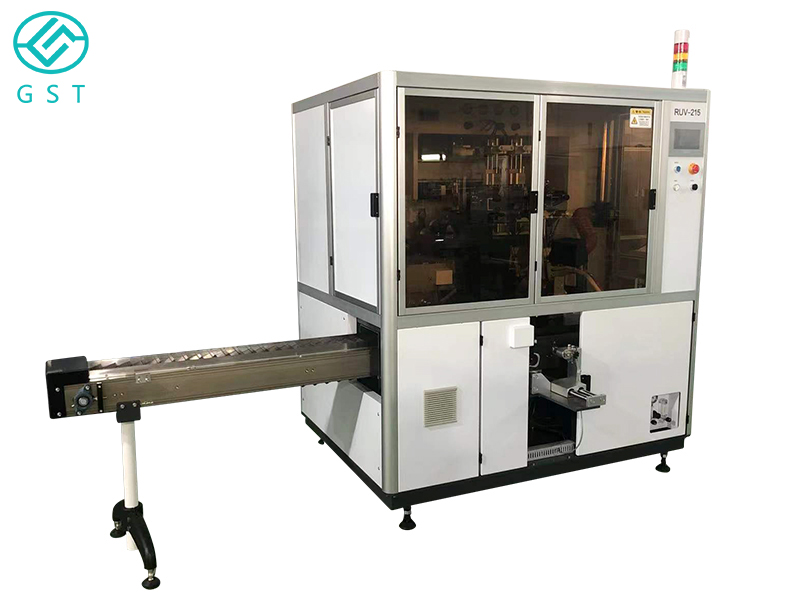
3. Servo motors - muscles that provide power for automated factories
Servomotor (servomotor) refers to the engine that controls the operation of mechanical components in the servo system, and is an auxiliary motor indirect transmission device. The servo motor can control the speed and position accuracy very accurately, and can convert the voltage signal into torque and speed to drive the control object.
The rotor speed of the servo motor is controlled by the input signal and can respond quickly. In the automatic control system, it is used as an actuator, and has the characteristics of small electromechanical time constant, high linearity, and starting voltage. It can convert the received electrical signal Converted to angular displacement or angular velocity output on the motor shaft. It is divided into two categories: DC and AC servo motors. Its main feature is that there is no self-rotation phenomenon when the signal voltage is zero, and the speed decreases at a uniform speed with the increase of torque.
4. Sensors - the sense of touch in automated factories
A sensor is a detection device that can sense the measured information and convert the sensed information into electrical signals or other required forms of information output according to certain rules to meet the requirements of information transmission, processing, storage, and display. , recording and control requirements. It is the first link to realize automatic detection and automatic control.
In modern industrial production, especially in the automated production process, various sensors are used to monitor and control various parameters in the production process, so that the equipment can work in a normal or optimal state, and the product can achieve the best quality. Therefore, it can be said that without a large number of excellent sensors, modern production will lose its foundation.
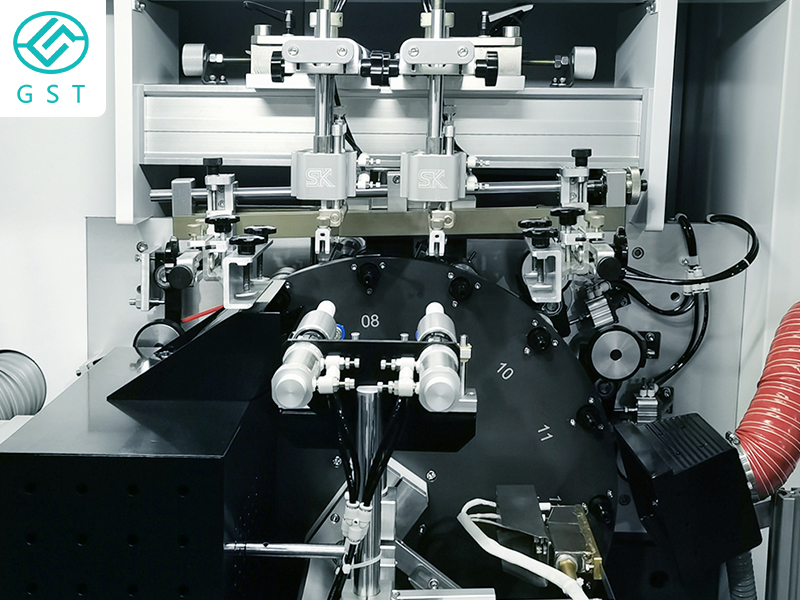
5. Inverter - the switch of the automated factory
Inverter is a power control device that uses frequency conversion technology and microelectronics technology to control AC motors by changing the frequency of the motor's operating power supply. The frequency converter is mainly composed of rectification (AC to DC), filter, inverter (DC to AC), braking unit, drive unit, detection unit, micro-processing unit, etc.
The frequency converter adjusts the voltage and frequency of the output power supply by switching off the internal IGBT, and provides the required power supply voltage according to the actual needs of the motor, thereby achieving the purpose of energy saving and speed regulation. In addition, the frequency converter has many protection functions , such as overcurrent, overvoltage, overload protection and so on.
6. Solenoid valve - the switch of the automated factory
Solenoid valve is an industrial equipment controlled by electromagnetism. It is an automatic basic component used to control fluid. It belongs to actuator and is not limited to hydraulic and pneumatic. It is used to adjust the direction, flow, speed and other parameters of the medium in the industrial control system. Solenoid valves can cooperate with different circuits to achieve the expected control, and the control accuracy and flexibility can be guaranteed.
There are many kinds of solenoid valves. Different solenoid valves play a role in different positions of the control system. The most commonly used ones are check valves, safety valves, directional control valves, and speed regulating valves.
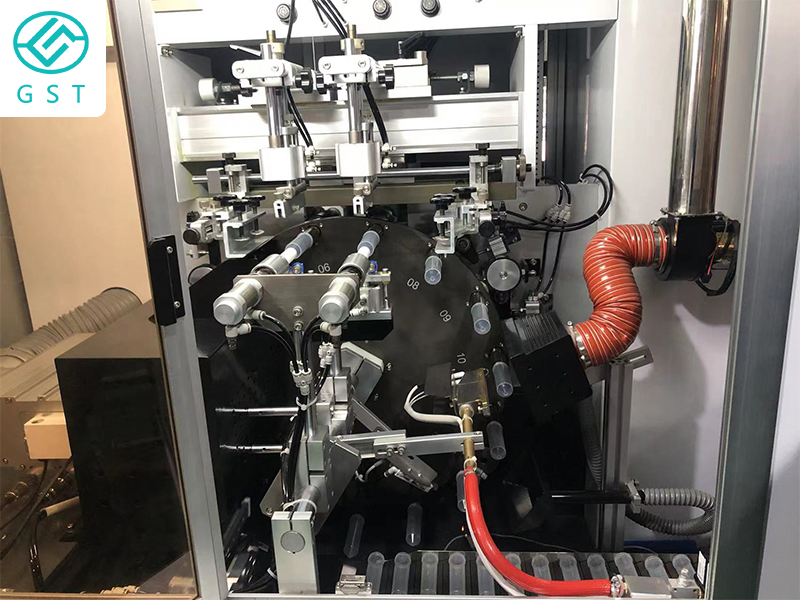
7. Industrial cameras - glasses for automated factories
The industrial camera is a key component in the machine vision system, and its most essential function is to convert the optical signal into an orderly electrical signal.
Industrial cameras are generally installed on machine assembly lines to replace human eyes for measurement and judgment, and digital image capture targets are converted into image signals and sent to a dedicated image processing system. The image system performs various calculations on these signals to extract the characteristics of the target, and then controls the on-site equipment actions according to the results of the discrimination.
8. Instrumentation - the adjustment system of the automated factory
Instrumentation Instrumentation is an instrument or device used to detect, measure, observe, and calculate various physical quantities, material components, and physical parameters. Vacuum leak detectors, pressure gauges, length measuring instruments, microscopes, multipliers, etc. are all instruments. Various instruments and meters need to be applied in automated factories, such as measuring pressure, liquid level, flow, temperature and other parameter values required for some control processes, and related instruments and meters are required.
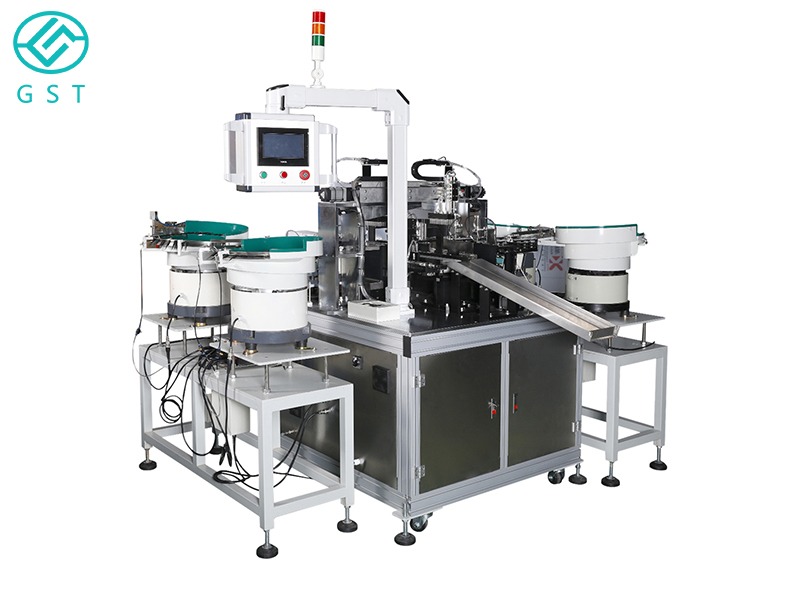
9. Automation software - the heart of an automated factory
Automation Software, due to the integration of management and control of the industrial control system and the copyright of Trend Control Engineering Network, makes the industrial control system connected with the traditional IT management system and the Internet, and more and more general software, general hardware and general protocols are used internally. More common is SCADA automation software.
The SCADA automation system is what we call a data acquisition and monitoring system. It is mainly supported by computer technology, and it is a system for scheduling and automatic control of various production processes. SCADA automation software can automatically and accurately monitor production for a long time without being supervised, and obtain effective information and data from it, providing a powerful evaluation reference for supervisory managers.
10. Control cabinet - the central system of the automated factory
Control Panel, control cabinets include many types, including electrical control cabinets, frequency conversion control cabinets, low-voltage control cabinets, high-voltage control cabinets, water pump control cabinets, power supply control cabinets, explosion-proof control cabinets, elevator control cabinets, PLC control cabinets, fire control cabinets , brick machine control cabinet and so on. The automation factory involves electrical, frequency conversion, power supply, water pump and other control cabinets. Different control cabinets are selected according to different needs to achieve different control functions.